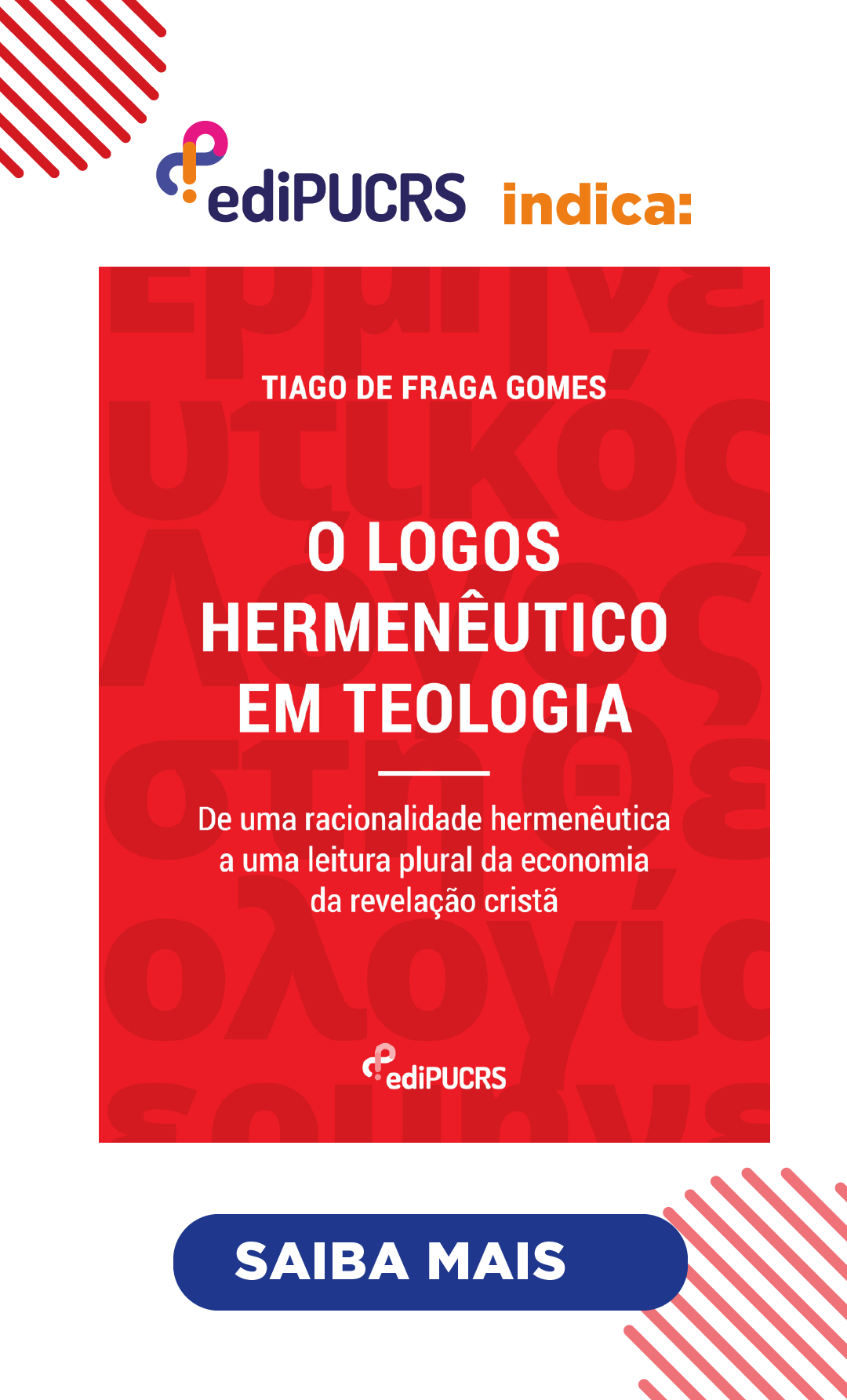“McNamara’s ‘deontic dodecagon for DWE’ in the light of Oppositional Geometry”
Resumo
Oppositional geometry, i.e. the study of the “oppositional figures”, has long been approached in a rather random way. In deontic logic, beyond the classical “deontic square” (a particular application of the logical square, or square of opposition), this has given birth in 1972 to Kalinowski’s “deontic hexagon” (a particular application of Jacoby’s, Sesmat’s and Blanché’s “logical hexagon”), to Joerden’s “deontic decagon” (1987), to McNamara’s “deontic dodecagon” and “deontic octodecagon” (1996) and to Wessels’ “deontic decagon” and “deontic hexadecagon” (2002, 2004). Now, since 2004 there is a formal, mathematically founded theory of all these kinds of structures, a new flourishing branch of logic and geometry, “N-Opposition Theory” (for short: “NOT”), also called “oppositional geometry”. This general theory of the oppositions among n terms shows that after the logical square (n=2) and hexagon (n=3), there is a logical cube (n=4), and that these three oppositional solids belong to an infinite series of “oppositional bi-simplexes of dimension m” (in fact, the theory tells much more). Using NOT, in this paper we examine McNamara’s “deontic dodecagon”, which aims at expressing this author’s system DWE (for “Doing Well Enough”), one of the standard models for dealing logically with “supererogation”. After showing that, despite the fact that its underlying DWE system is logically sound and complete (as proven by Mares and McNamara in 1997), the oppositional geometry presented as being a “deontic dodecagon” is mistaken (for in NOT’s terms this polygon is irremediably both oppositionally redundant and oppositionally incomplete) we show how to correct it, strongly but successfully, within the NOT framework.Downloads
Não há dados estatísticos.
Downloads
Publicado
2013-11-26
Como Citar
Moretti (University of Neuchâtel), A. (2013). “McNamara’s ‘deontic dodecagon for DWE’ in the light of Oppositional Geometry”. Intuitio, 6(2), 220–238. Recuperado de https://revistaseletronicas.pucrs.br/index.php/intuitio/article/view/15949
Edição
Seção
Dossiê
Licença
Direitos Autorais
A submissão de originais para a Intuitio implica na transferência, pelos autores, dos direitos de publicação. Os direitos autorais para os artigos publicados nesta revista são do autor, com direitos da revista sobre a primeira publicação. Os autores somente poderão utilizar os mesmos resultados em outras publicações indicando claramente a Intuitio como o meio da publicação original.
Licença Creative Commons
Exceto onde especificado diferentemente, aplicam-se à matéria publicada neste periódico os termos de uma licença Creative Commons Atribuição 4.0 Internacional, que permite o uso irrestrito, a distribuição e a reprodução em qualquer meio desde que a publicação original seja corretamente citada.





